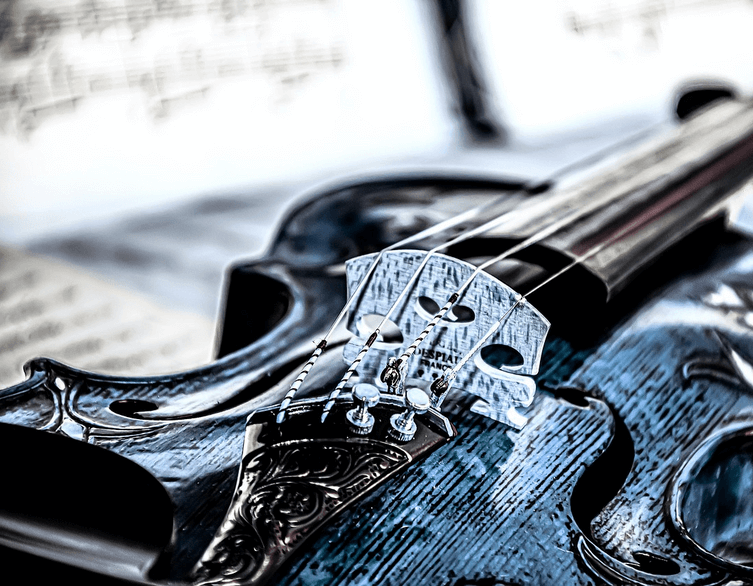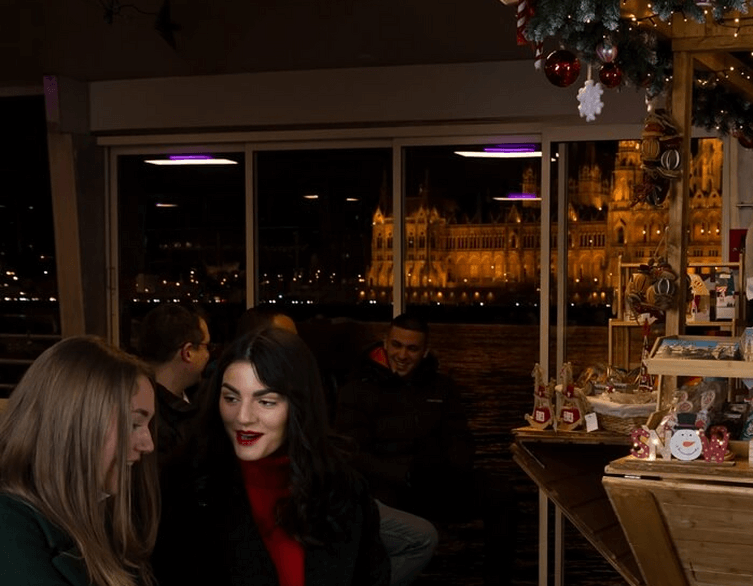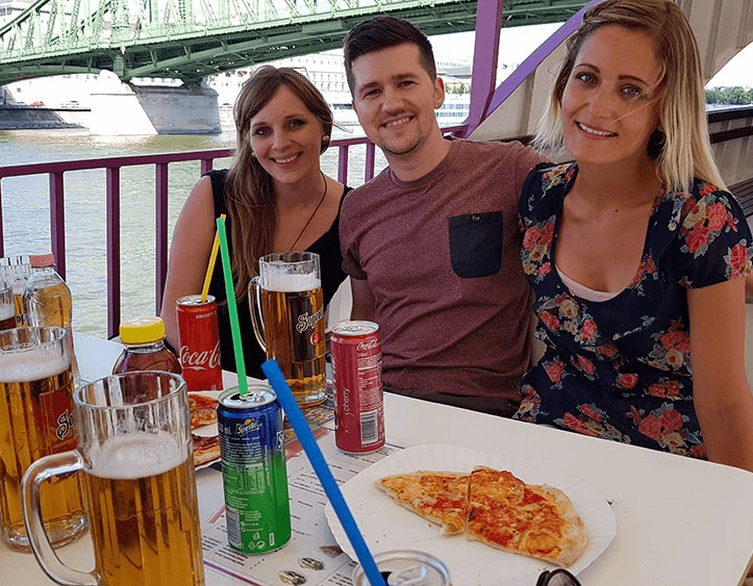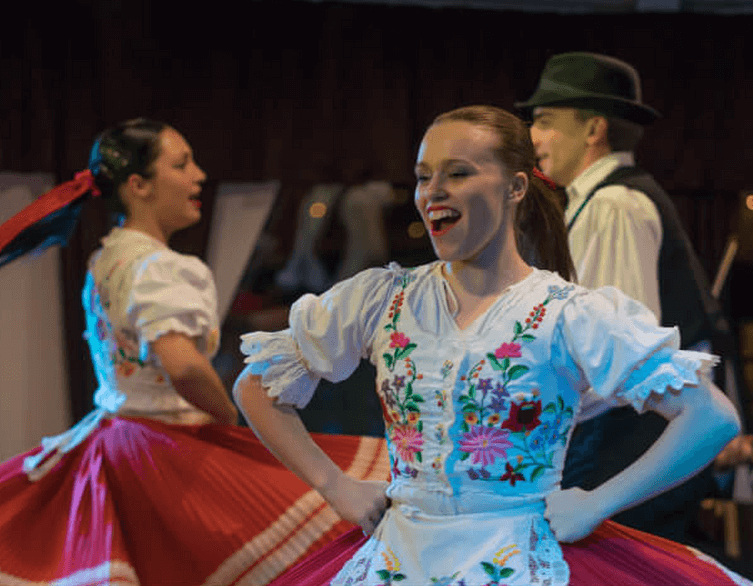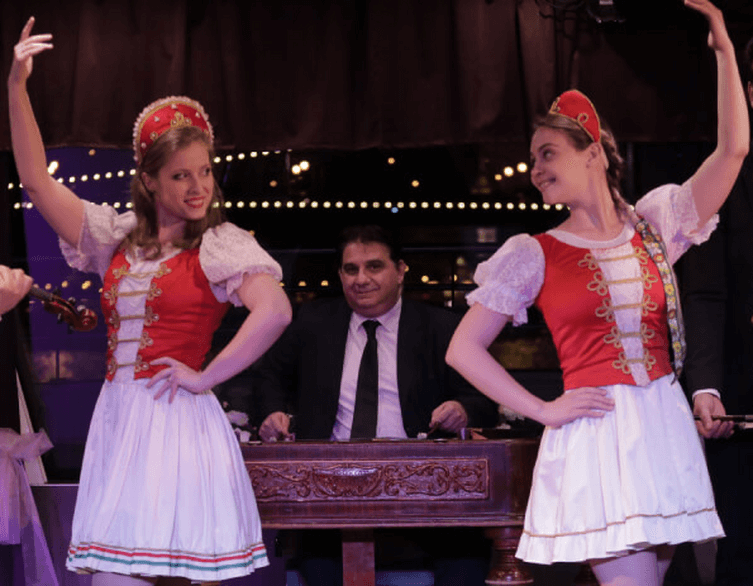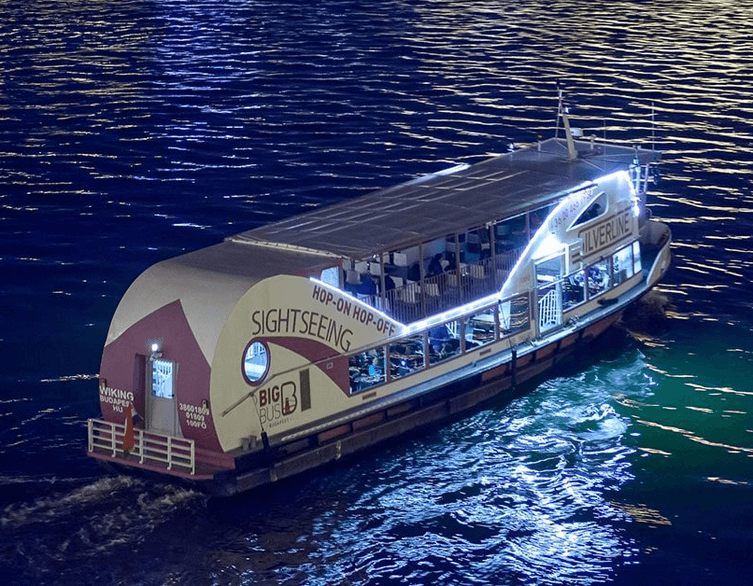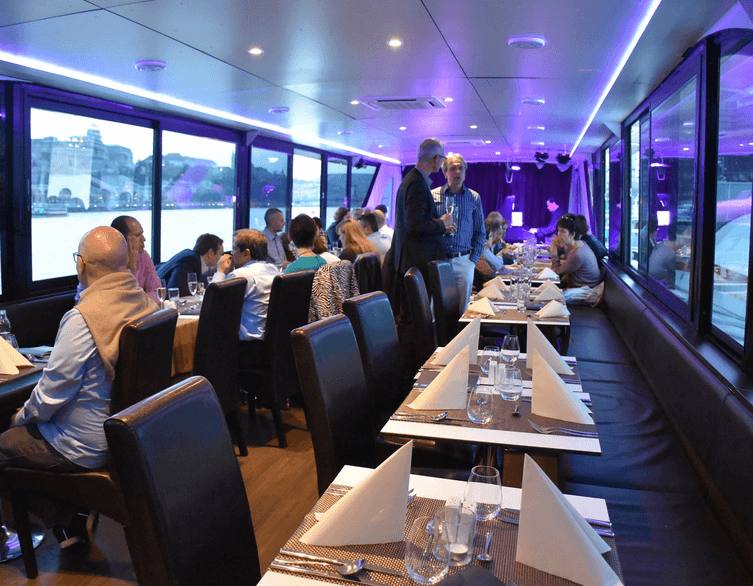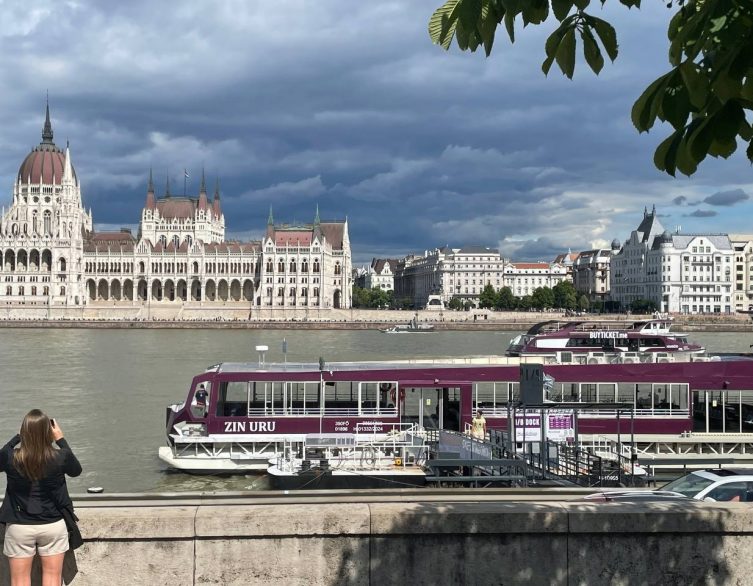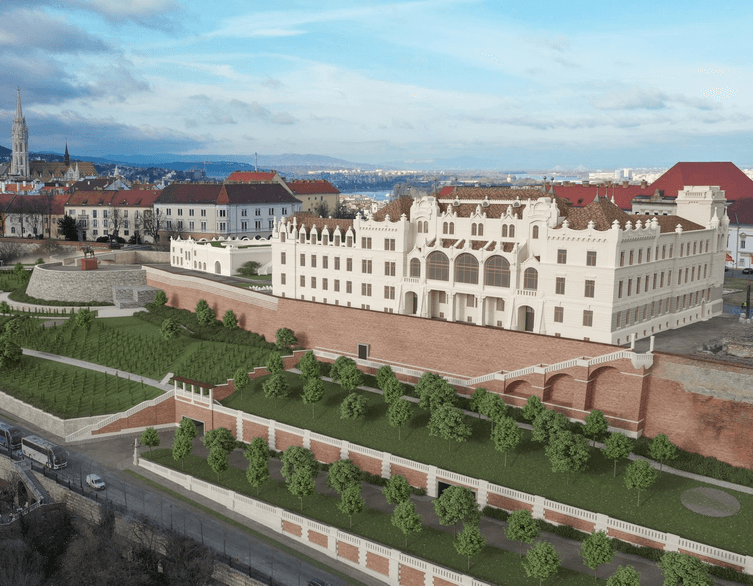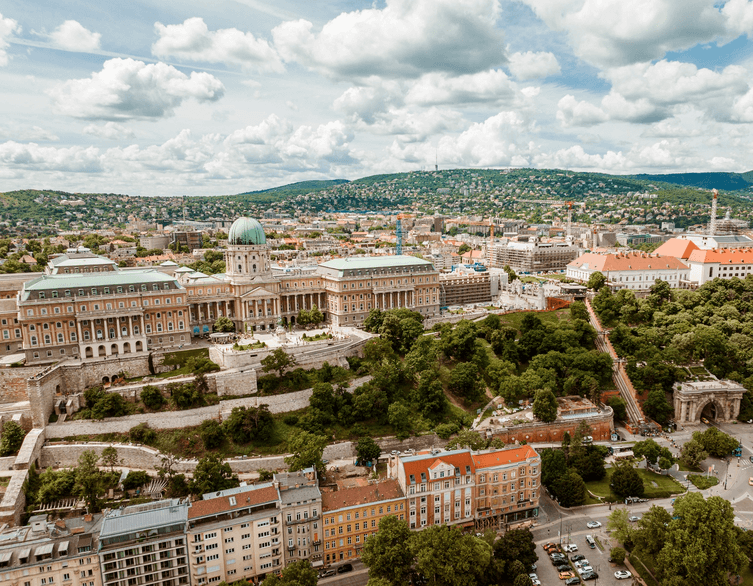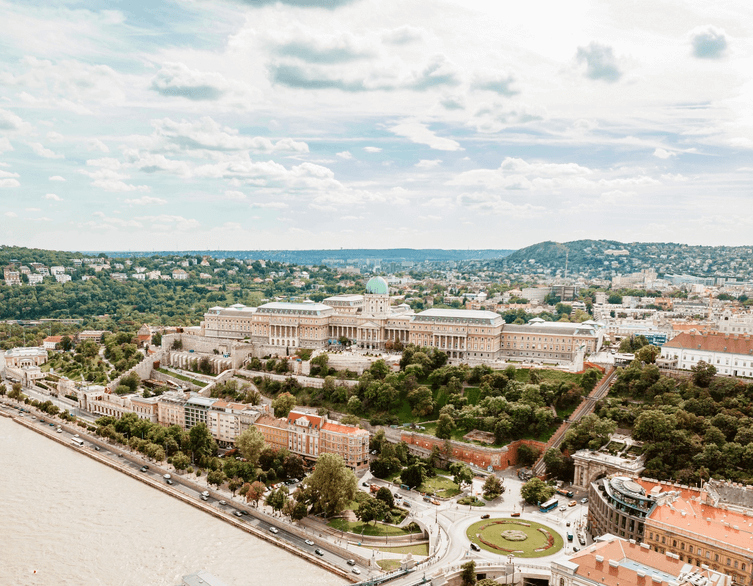The Renaissance of Buda Castle’s Northern Wing: Where History Meets Tomorrow
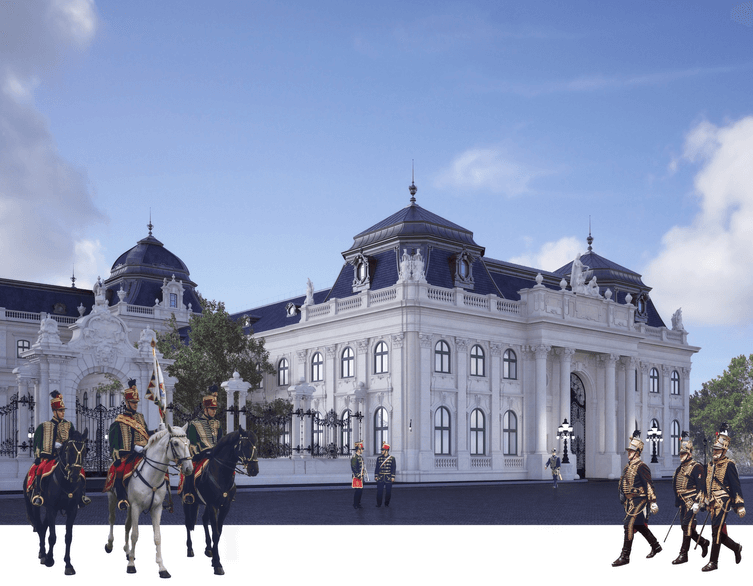
When you visit Budapest, one sight that never fails to leave visitors breathless is the majestic Buda Castle, standing proudly above the Danube River. But what many tourists don’t realize is that they’re witnessing history being literally rebuilt before their eyes. The northern wing of Buda Castle is currently undergoing one of Europe’s most ambitious historical reconstruction projects, and it’s a story that perfectly captures the Hungarian spirit of preserving the past while embracing the future.
A Palace Reborn: The Art of Authentic Reconstruction
Walking through the Castle Quarter today, you’re witnessing something truly extraordinary. The northern wing of Buda Castle is being reconstructed not just as a modern interpretation of the past, but as an authentic recreation of the Hauszmann-era palace that once graced this hilltop. This isn’t simply about putting up walls and calling it historic – it’s about breathing life back into the architectural grandeur that defined Hungarian identity at the turn of the 19th and 20th centuries.
The project represents a fascinating marriage of cutting-edge technology and time-honored craftsmanship. As construction progresses, you can observe how modern engineering requirements blend seamlessly with traditional building methods that would have been familiar to the original palace builders over a century ago.
The Devil in the Details: Ornamental Elements That Tell Stories
Every ornamental detail you’ll see on the reconstructed palace carries profound symbolic meaning. The exterior and interior decorative elements aren’t merely aesthetic choices – they’re cultural statements carved in stone and molded in plaster. The craftsmen have already completed sample pieces for artificial marble and gypsum stucco elements, and the manufacturing process is now in full swing.
Best deals of Budapest
What makes this reconstruction particularly fascinating for visitors is the meticulous attention to historical accuracy. The color, material, and texture of the facade’s plaster have all been determined based on period analogies. Hand-carved limestone plinths and unique decorative elements are being crafted using the same techniques that would have been employed in Hauszmann’s time. The cast iron elements, wrought iron wall brackets, and the structural components of the Jungfer Gate are all being created by hand, while copper roof ornaments are being shaped using traditional metalworking methods.
Building the Past, Brick by Brick
The structural work on the northern wing follows a carefully orchestrated timeline that visitors can observe as they tour the castle grounds. The reinforced concrete superstructure and load-bearing elements of the first floor are currently taking shape, while the ground floor exhibition space has already been completed. The barrel vault of what will become a first-floor café space is also finished, creating spaces that future visitors will be able to enjoy.
One of the most remarkable aspects of the construction that tourists can witness is the western side’s traditional brickwork. Here, craftsmen are building solid brick walls more than a meter thick using historical techniques. These walls will eventually support the facade elements and final plaster layers. This perfect fusion of modern reinforced concrete with period-appropriate masonry demonstrates how the past’s building culture is returning not as a museum piece, but as a functioning structural solution.
Uncovering Hidden Treasures: The Hauszmann-Era Discoveries
The reconstruction process has become an archaeological adventure in its own right. When parts of Building A were removed to make way for the authentic reconstruction, workers uncovered original Hauszmann-era wall remnants on the northern wing’s eastern facade facing the Danube. While most of the masonry dates from the socialist period, these preserved remnants create an invaluable connection to the past, carefully documented and integrated for future visitors to appreciate.
These discoveries add an extra layer of authenticity to your castle visit, knowing that beneath the reconstruction lie genuine pieces of the original palace that witnessed Hungary’s golden age of architecture.
More Than Nostalgia: Reimagining National Identity
The National Hauszmann Program isn’t driven by nostalgic romanticism but by a vision of recreating a living urban landscape. In this spirit, the northern wing is regaining its original mass, animated roofline, and richly decorated facade. Once completed, the palace will again be passable between Szent György Square and Hunyadi Courtyard, and its interior spaces will come alive once more.
Visitors will soon be able to experience the representational vestibule, the covered courtyard, the cloakroom foyer, and the Munkácsy Hall. The goal extends beyond physical reconstruction to restoring the cultural and identity-forming power that made this palace a symbol of Hungarian achievement.
The Living Tradition: Ancient Crafts in Modern Times
One of the most inspiring aspects of witnessing this reconstruction is seeing how traditional technologies haven’t just survived but have become relevant again. Stone carving, hand plastering, gypsum stucco work, and blacksmithing aren’t just 19th-century memories – they’re living knowledge forms capable of enriching contemporary architecture.
As you watch craftsmen at work around the castle, you’re seeing skills passed down through generations being applied to create something that will stand for centuries to come. The rebirth of Buda Castle’s northern wing represents not just the restoration of a historic building, but a triumph of craftsmanship and national memory working in harmony.
What This Means for Today’s World
The restoration of Buda Castle sends a powerful message to visitors from around the world. In an era when architecture is often defined by function and cost-effectiveness, this project declares that there’s still room for beauty, respect for detail, and historical continuity. The palace reconstruction offers tourists not just a spectacular sight, but also returns a piece of collective memory to the people of Budapest, creating new contexts for interpreting the past.
History Rewritten by Hand
The rebirth of Buda Castle’s northern wing demonstrates that the past isn’t a dusty relic but a living building block for the future. The decision to use traditional methods alongside modern requirements represents not just an aesthetic choice, but an ethical stance. The combination of historical consciousness, professionalism, and respect for craftsmanship makes this project truly significant – not only architecturally but also in terms of national character.
When you visit Budapest and see the ongoing reconstruction of Buda Castle’s northern wing, you’re witnessing more than construction work. You’re observing the careful restoration of Hungary’s cultural DNA, built with the same dedication to excellence that created the original palace. This is history being written by hand, one carefully crafted stone at a time, creating a bridge between past and future that will inspire visitors for generations to come.
For foreign tourists planning their Budapest itinerary, the ongoing reconstruction adds an extra dimension to any castle visit. You’re not just seeing a historic site – you’re witnessing history itself being lovingly recreated, ensuring that the splendor of Hungary’s golden age will continue to captivate visitors from around the world.
Related news

